Home>Articles>How Often To Replace A Carbon Monoxide Detector
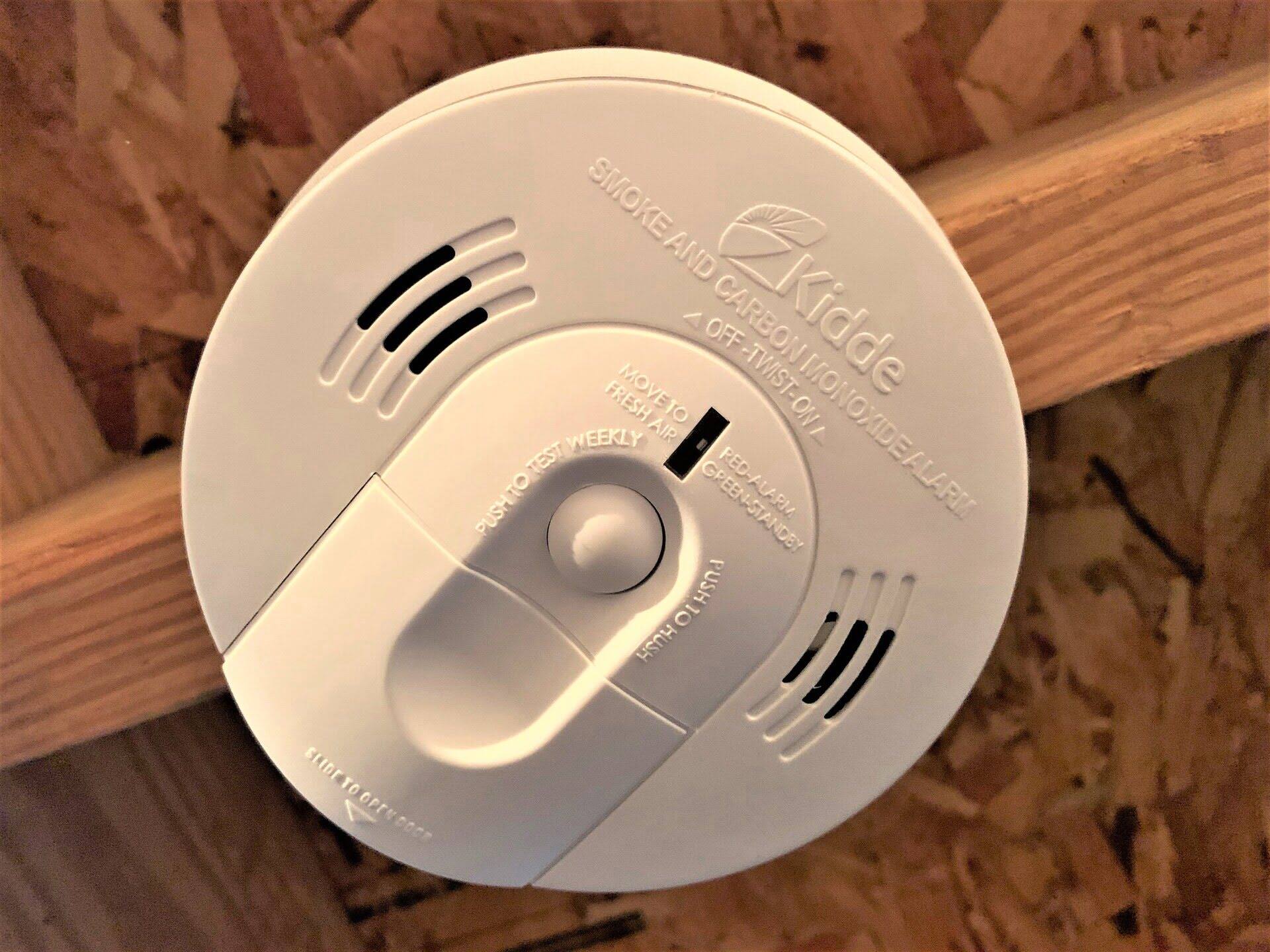

Articles
How Often To Replace A Carbon Monoxide Detector
Modified: October 20, 2024
Learn how often you should replace a carbon monoxide detector and ensure the safety of your home. Read our informative articles on this essential device.
(Many of the links in this article redirect to a specific reviewed product. Your purchase of these products through affiliate links helps to generate commission for Storables.com, at no extra cost. Learn more)
Introduction
Carbon monoxide (CO) is a silent and potentially deadly gas that can be found in the air we breathe. It is odorless, colorless, and tasteless, making it nearly impossible to detect without the help of a carbon monoxide detector. These devices are essential for safeguarding our homes and protecting our loved ones from the harmful effects of carbon monoxide poisoning.
Carbon monoxide detectors are designed to monitor the levels of CO in the air and alert us if they reach dangerous concentrations. They are often referred to as the “silent heroes” of home safety, as they provide early warning signs and can save lives. However, like any electronic device, carbon monoxide detectors have a limited lifespan and need to be replaced periodically to ensure their effectiveness.
In this article, we will explore how often you should replace a carbon monoxide detector and the factors that can impact its lifespan. We will also discuss the signs of a malfunctioning detector and the importance of regular maintenance. By the end, you will have a better understanding of when it’s time to replace your carbon monoxide detector to maintain a safe and protected home environment.
Key Takeaways:
- Regularly test and replace carbon monoxide detectors every 5-7 years to ensure optimal performance and safeguard your home from the dangers of CO gas.
- Signs of malfunctioning detectors, such as false alarms or expired lifespan, indicate the need for immediate replacement to maintain home safety.
Read more: How To Replace A Carbon Monoxide Detector
Understanding Carbon Monoxide Detectors
Carbon monoxide detectors are small electronic devices that are designed to monitor the levels of carbon monoxide in the air. They work by using sensors to detect the presence of CO gas and sound an alarm if the concentration exceeds a certain level. These detectors are typically installed in areas of the home where carbon monoxide is likely to accumulate, such as near heating systems, fireplaces, or bedrooms.
There are two main types of carbon monoxide detectors: plug-in and battery-operated. Plug-in detectors are directly plugged into an electrical outlet and usually have a battery backup in case of a power outage. Battery-operated detectors, on the other hand, are powered solely by batteries and can be placed anywhere in the home. Both types have their advantages and should be chosen based on the specific needs and layout of your home.
Carbon monoxide detectors are designed to measure the parts per million (ppm) of carbon monoxide gas in the air. In general, a concentration of 50 ppm or higher is considered dangerous and requires immediate action. When the detector reaches the predetermined threshold, it will sound an alarm, typically a loud, high-pitched noise, to alert occupants of the potential danger.
It’s important to note that carbon monoxide detectors are different from smoke detectors. While smoke detectors are designed to detect smoke particles and alert us to potential fires, carbon monoxide detectors specifically focus on detecting the presence of carbon monoxide gas. Therefore, it’s essential to have both types of detectors installed in your home for comprehensive protection.
When purchasing a carbon monoxide detector, look for models that are certified by recognized testing laboratories, such as Underwriters Laboratories (UL) or the International Electrotechnical Commission (IEC). These certifications ensure that the detector meets specific safety standards and has undergone rigorous testing to ensure its reliability and effectiveness.
Lifespan of Carbon Monoxide Detectors
Carbon monoxide detectors are vital for maintaining the safety of your home, but it is important to recognize that they do not last forever. The lifespan of a carbon monoxide detector depends on various factors, including the manufacturer, model, and the type of sensor it uses. In general, the average lifespan of a carbon monoxide detector ranges from 5 to 7 years.
It is important to note that this estimate is only a guideline, and some detectors may have a shorter or longer lifespan. It is always best to refer to the manufacturer’s instructions or consult the product manual for the specific lifespan of your detector.
Over time, the sensors in carbon monoxide detectors can become less sensitive, resulting in reduced accuracy and reliability. This gradual deterioration can lead to false readings or a slow response to actual carbon monoxide levels. This is why regular maintenance and replacing the detector when necessary are crucial for ensuring its effectiveness.
Several factors can affect the lifespan of a carbon monoxide detector:
- Age: As mentioned earlier, most carbon monoxide detectors have a lifespan of around 5 to 7 years. However, it is important to perform regular checks and replace the detector earlier if it shows signs of malfunction or if recommended by the manufacturer.
- Sensor Type: Carbon monoxide detectors can use different types of sensors to detect CO gas, such as electrochemical, biomimetic, or metal oxide semiconductor sensors. Each type has its own lifespan and may vary in terms of accuracy and sensitivity.
- Environmental Conditions: Extreme temperatures, humidity, and exposure to contaminants can impact the lifespan of carbon monoxide detectors. It is important to install the detectors in appropriate locations and avoid placing them in areas prone to moisture, dust, or chemical fumes.
- Power Source: Carbon monoxide detectors can be either battery-operated or plug-in models. Battery-operated detectors may require more frequent battery replacements, while plug-in detectors may need to be replaced if they experience electrical issues or power surges.
It is crucial to regularly test your carbon monoxide detector and replace it when necessary to ensure it is working effectively. Most detectors have a “test” button that allows you to check the functionality of the alarm and sensors. Additionally, pay attention to any warning signals such as a low battery indicator or audible beeping, which may indicate the need for a replacement.
Factors Affecting Carbon Monoxide Detector Lifespan
The lifespan of a carbon monoxide detector can be influenced by several factors. Understanding these factors can help you maintain and replace your detectors at the appropriate times, ensuring the safety of your home and loved ones. Here are some key factors that can affect the lifespan of carbon monoxide detectors:
- Quality of the Detector: The quality and construction of the detector play a significant role in its lifespan. High-quality detectors from reputable manufacturers are likely to have better durability and longevity compared to lower-quality or generic brands.
- Sensor Type: Different carbon monoxide detectors use different types of sensors, such as electrochemical, biomimetic, or metal oxide semiconductor sensors. Each sensor type has its own lifespan and may vary in terms of accuracy and sensitivity. It is important to research and choose a detector with a sensor type that suits your needs and provides reliable performance.
- Environmental Conditions: The environmental conditions in which the detector is placed can impact its lifespan. Extreme temperatures, high humidity, exposure to dust or chemicals, and continuous vibration can all affect the functioning and accuracy of the detector over time. It is important to install the detector in a suitable location, away from areas with excessive moisture or contaminants.
- Regular Maintenance: Proper maintenance is essential for the longevity of carbon monoxide detectors. Regularly cleaning the detector, checking the batteries (if applicable), and performing functional tests can help identify any issues early on and ensure the detector’s continued effectiveness. Follow the manufacturer’s instructions and recommendations for maintenance.
- Battery Life: For battery-operated carbon monoxide detectors, the lifespan of the detector can depend on the battery life. It is important to check and replace the batteries regularly to ensure that the detector is functioning optimally. Most detectors have a low battery indicator or alert system to notify you when the batteries need replacement.
- Power Source: Plug-in carbon monoxide detectors rely on a continuous power supply. Any electrical issues or power surges in your home can affect the detector’s functionality and lifespan. It is important to ensure that the electrical connections are secure and that the detector is protected from power fluctuations.
- Manufacturer’s Recommendations: Following the manufacturer’s recommendations is crucial for maintaining a carbon monoxide detector’s lifespan. The manufacturer may provide specific guidelines regarding the lifespan of the detector, as well as instructions for replacement. It is important to adhere to these recommendations to ensure the detector’s proper functioning.
By understanding these factors and taking necessary precautions, you can prolong the lifespan of your carbon monoxide detectors and ensure their consistent and reliable performance in detecting the presence of deadly carbon monoxide gas. Regular maintenance, awareness of environmental conditions, and following the manufacturer’s guidelines are all key steps in ensuring the safety of your home.
Replace your carbon monoxide detector every 5-7 years, or as recommended by the manufacturer. Test it monthly and replace the batteries at least once a year.
Signs of a Malfunctioning Carbon Monoxide Detector
Carbon monoxide detectors are essential for keeping your home safe from the dangers of CO gas. However, just like any electronic device, carbon monoxide detectors can experience malfunctions or issues over time. It is important to be aware of the signs of a malfunctioning detector to ensure it remains effective in detecting and alerting you to the presence of carbon monoxide. Here are some common signs that your carbon monoxide detector may be malfunctioning:
- False Alarms: If your carbon monoxide detector frequently gives false alarms or goes off for no apparent reason, it may be a sign of a malfunction. False alarms can be caused by sensor malfunctions, low battery power, or other issues with the detector’s internal components.
- Continuous Beeping: Carbon monoxide detectors usually emit a brief alarm sound when they detect high levels of CO gas. However, if your detector emits a continuous or repetitive beeping sound, it may indicate a problem with the device. This could be a sign of a faulty sensor or a malfunction in the alarm system.
- Expired Lifespan: Pay attention to the lifespan of your carbon monoxide detector. If it has reached or exceeded the manufacturer’s recommended lifespan, it may not be functioning optimally. It is crucial to replace the detector promptly to maintain the safety of your home.
- No Alarm or Warning: If your carbon monoxide detector does not sound an alarm or provide any warning when you test it, it may indicate a malfunction. Testing your detector regularly is essential to ensure it is functioning correctly, and if it fails to react during testing, it may be time for a replacement.
- Dimmed or Non-functioning Display: Some carbon monoxide detectors come with a digital display that shows the current CO levels or other important information. If the display is dimmed, flickering, or not showing any information, it may be a sign that the detector is not functioning properly and requires attention.
- Expired Batteries: For battery-operated detectors, expired or low batteries can cause malfunctions. If you hear a low battery chirp or the detector does not power on with fresh batteries, it may be a sign that the detector needs to be replaced or that the batteries need to be replaced with brand-new ones.
- Visible Damage or Wear: Inspect your carbon monoxide detector for any visible damage or wear. Physical damage such as cracks, dents, or loose components can impact the detector’s functionality. If you notice any damage, it is important to replace the detector as soon as possible.
If you observe any of these signs, it is crucial to take immediate action. Check the manufacturer’s recommendations for troubleshooting, or contact the manufacturer or a professional technician for further assistance. It is always better to err on the side of caution and replace a malfunctioning detector to ensure the ongoing safety of your home.
Importance of Regular Carbon Monoxide Detector Maintenance
Regular maintenance of your carbon monoxide detector is crucial for ensuring the safety of your home and the well-being of your loved ones. Carbon monoxide (CO) is a silent and deadly gas, and detectors provide the first line of defense against its harmful effects. Here are some reasons why regular maintenance of your carbon monoxide detector is of utmost importance:
- Early Detection of Carbon Monoxide: Regular maintenance ensures that your carbon monoxide detector remains in optimal working condition. By functioning properly, the detector can detect even small amounts of CO gas and alert you to its presence before it reaches hazardous levels. This early detection is vital in preventing carbon monoxide poisoning and can help you take immediate action to address the source of the gas.
- Reliable Performance: Regular maintenance helps ensure that your carbon monoxide detector continues to operate reliably. This means it will sound the alarm when necessary and not give false alarms that can cause unnecessary panic and confusion. By conducting maintenance checks, such as cleaning the detector and testing the alarm function, you can have confidence in its ability to accurately detect and signal the presence of carbon monoxide.
- Longevity of the Detector: Proper maintenance can extend the lifespan of your carbon monoxide detector. Regularly cleaning the detector, checking and replacing batteries (if applicable), and following the manufacturer’s guidelines can help prevent premature failure and ensure that the detector remains functional for its intended lifespan. This saves you from the expense and hassle of having to replace the detector more frequently.
- Peace of Mind: Maintaining your carbon monoxide detector regularly provides peace of mind. Knowing that your detector is functioning properly and actively monitoring the air for carbon monoxide can alleviate anxiety and worry about potential gas leaks or exposure. This peace of mind allows you to focus on other aspects of home safety and provides reassurance for the well-being of your family.
- Compliance with Safety Standards: Regular maintenance helps ensure that your carbon monoxide detector remains compliant with the necessary safety standards. As technology evolves, safety regulations may change. By keeping your detector properly maintained, you can be confident that it meets the latest requirements and provides the highest level of protection for your home.
It is important to follow the manufacturer’s instructions for maintenance and conduct regular checks according to their recommendations. These may include cleaning the detector regularly, testing the alarm function monthly, and replacing batteries or the entire detector as advised. Additionally, stay updated on any product recalls or safety alerts related to your specific carbon monoxide detector model.
Remember, regular maintenance is not only a responsibility as a homeowner but also an essential step in ensuring the continued effectiveness and reliability of your carbon monoxide detector. By prioritizing regular maintenance, you are taking proactive measures to protect your home and loved ones from the dangers of carbon monoxide gas.
When to Replace a Carbon Monoxide Detector
Carbon monoxide detectors are vital for the safety of your home, but they don’t last forever. It is important to know when to replace your carbon monoxide detector to ensure its continued effectiveness in detecting and alerting you to the presence of carbon monoxide gas. Here are some factors to consider when determining when to replace your carbon monoxide detector:
- Lifespan: Most carbon monoxide detectors have a recommended lifespan of 5 to 7 years. It is crucial to note the manufacture date or purchase date of your detector and replace it when it reaches the end of its lifespan. Even if the detector appears to be functioning properly, it may have deteriorated over time and may not provide accurate readings.
- Manufacturer’s Recommendations: Always refer to the manufacturer’s recommendations for your specific carbon monoxide detector model. They may provide specific guidelines on when to replace the detector, considering factors such as sensor type, maintenance requirements, and technological advancements. Following the manufacturer’s instructions ensures that you are maintaining the detector as intended.
- Malfunctioning or Not Working Properly: If your carbon monoxide detector is malfunctioning, giving false alarms, or not functioning as expected even after troubleshooting and maintenance checks, it is a clear indication that it needs to be replaced. An unreliable or non-functioning detector is a safety risk and should be addressed promptly.
- Excessive Exposure to Contaminants: If your carbon monoxide detector has been exposed to contaminants such as excessive dust, chemicals, or moisture, it may affect its performance. Detectors in areas with high levels of contaminants may deteriorate faster and require replacement sooner than detectors in cleaner environments.
- End-of-Life Indicators: Some carbon monoxide detectors have built-in end-of-life indicators or alerts. These indicators may include a visual display or audible beeping to notify you when the detector has reached its recommended lifespan and needs replacement. Pay attention to these indicators and replace the detector accordingly.
- Changes in Technology or Regulations: Over time, technology and safety standards for carbon monoxide detectors may evolve. Newer models may offer improved features, enhanced accuracy, or meet updated regulations. Consider replacing your detector if there have been significant advancements in technology or if safety regulations require it.
- Changes in Home Configuration: If you have made significant changes to your home layout, such as remodeling or adding new rooms or appliances, it may be necessary to re-evaluate the placement and quantity of your carbon monoxide detectors. Consult with professionals or follow local building codes to ensure proper coverage and consider replacing older detectors with newer models.
Remember, the safety of your home and loved ones relies on the effectiveness of your carbon monoxide detector. Regularly evaluate the age, functionality, and environmental factors influencing your detector, and replace it promptly when necessary. By doing so, you can have peace of mind knowing that you are prioritizing the safety of your home against the dangers of carbon monoxide gas.
Conclusion
Carbon monoxide detectors are essential for maintaining a safe and protected home environment. These devices serve as the first line of defense against the silent and potentially deadly gas, carbon monoxide. Understanding the lifespan of carbon monoxide detectors and the factors that can affect their longevity is crucial for ensuring their continued effectiveness in detecting and alerting you to the presence of carbon monoxide gas.
We have explored how often to replace a carbon monoxide detector and discussed the importance of regular maintenance. By following the manufacturer’s recommendations and conducting routine maintenance checks, you can ensure that your detector remains in optimal working condition for the recommended lifespan. This includes cleaning the detector, testing the alarm function, and replacing batteries or the entire detector as needed.
Signs of a malfunctioning carbon monoxide detector, such as false alarms, continuous beeping, or expired lifespan, should not be ignored. These signs indicate that the detector may not be functioning properly and should be replaced to maintain the safety of your home.
Regular maintenance and proper replacement of carbon monoxide detectors are essential for their reliable performance. By doing so, you can have peace of mind knowing that you are taking proactive steps to protect yourself, your family, and your home from the dangers of carbon monoxide gas.
Remember to refer to the manufacturer’s instructions for your specific carbon monoxide detector model and follow any guidelines or recommendations they provide. Stay updated on the latest technology and safety standards to ensure your detector remains compliant and effective.
By prioritizing the maintenance and replacement of your carbon monoxide detector, you are prioritizing the safety and well-being of your loved ones. Take the necessary steps to keep your carbon monoxide detector functioning properly, and in doing so, create a safer living environment for you and your family.
Frequently Asked Questions about How Often To Replace A Carbon Monoxide Detector
Was this page helpful?
At Storables.com, we guarantee accurate and reliable information. Our content, validated by Expert Board Contributors, is crafted following stringent Editorial Policies. We're committed to providing you with well-researched, expert-backed insights for all your informational needs.
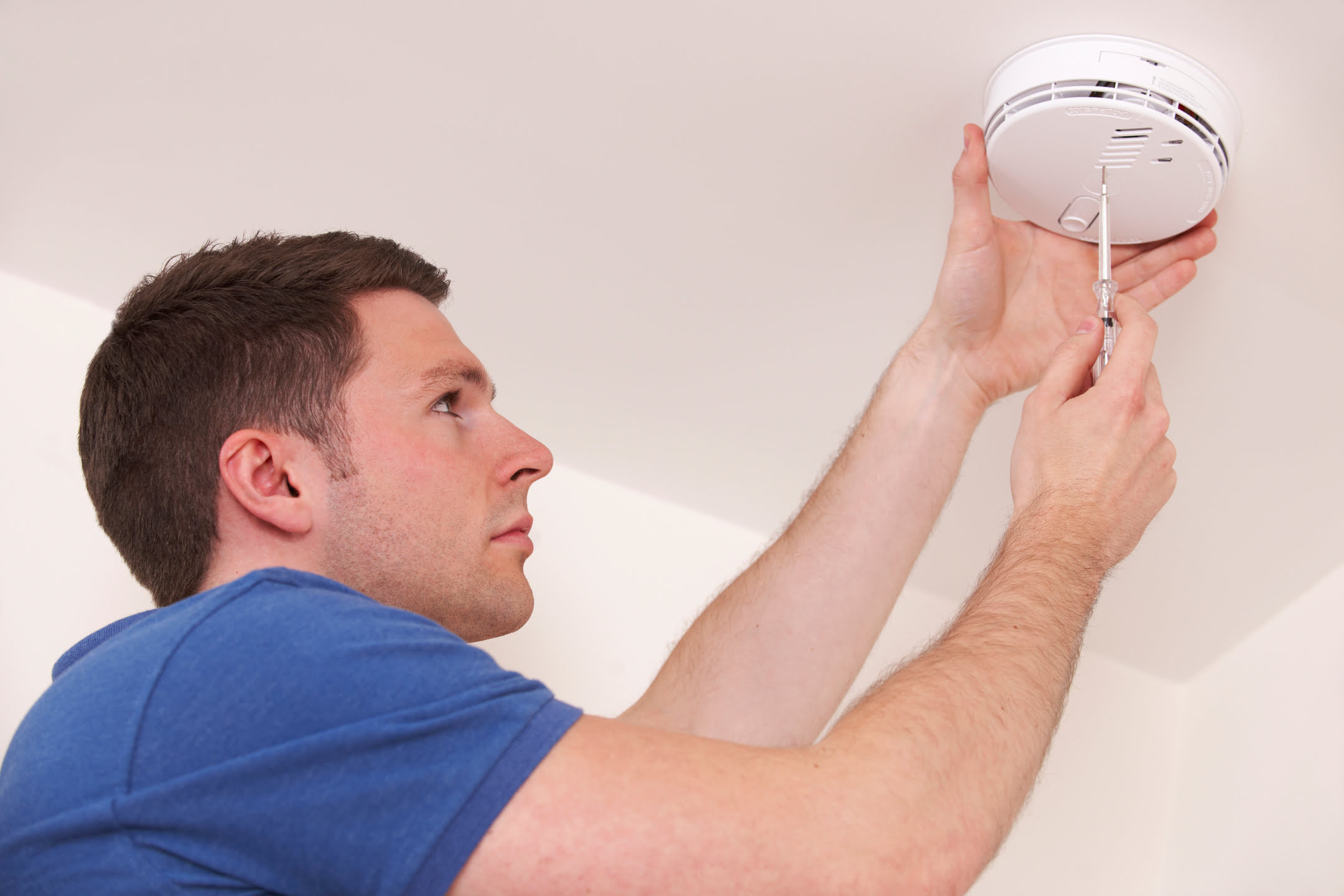
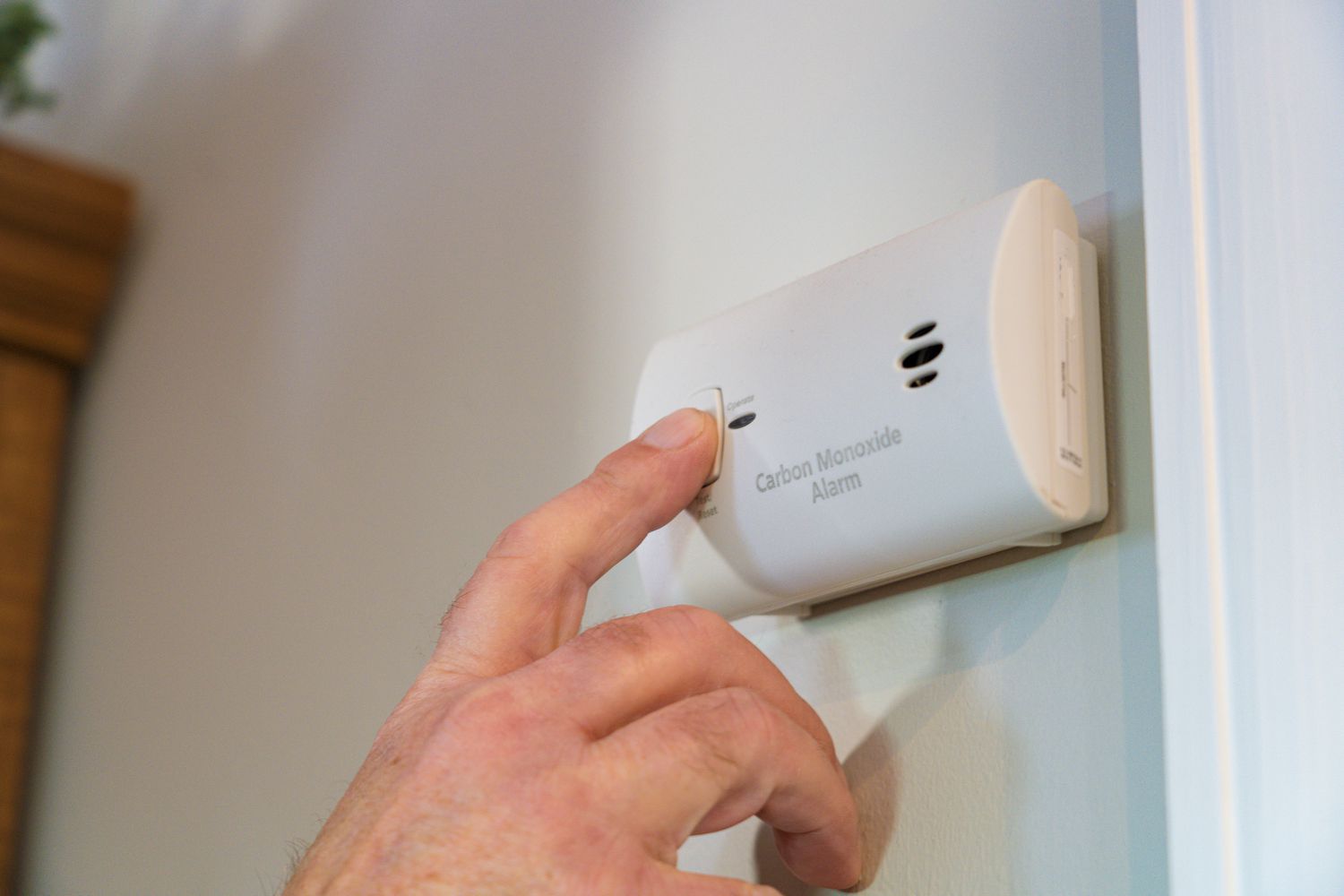
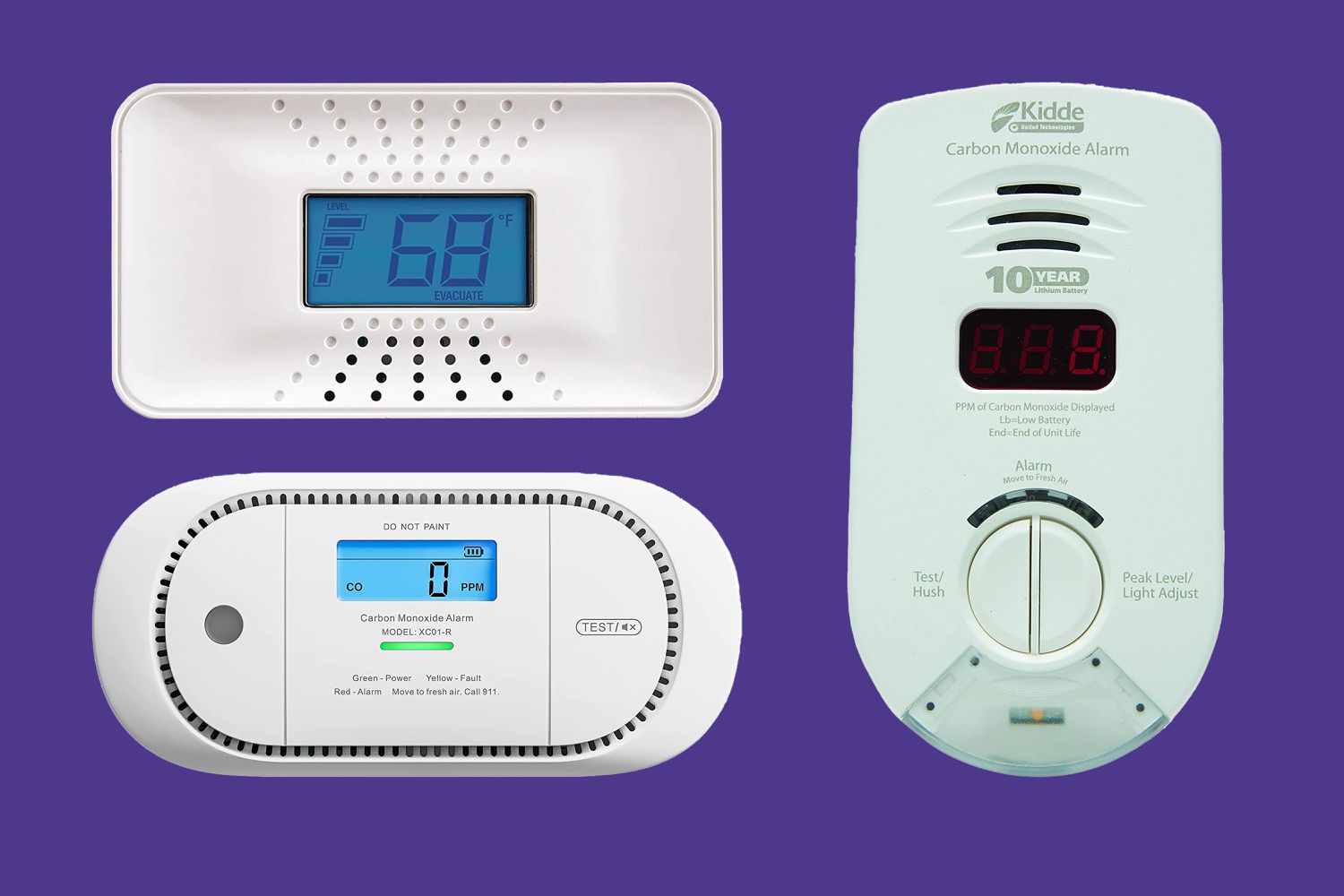
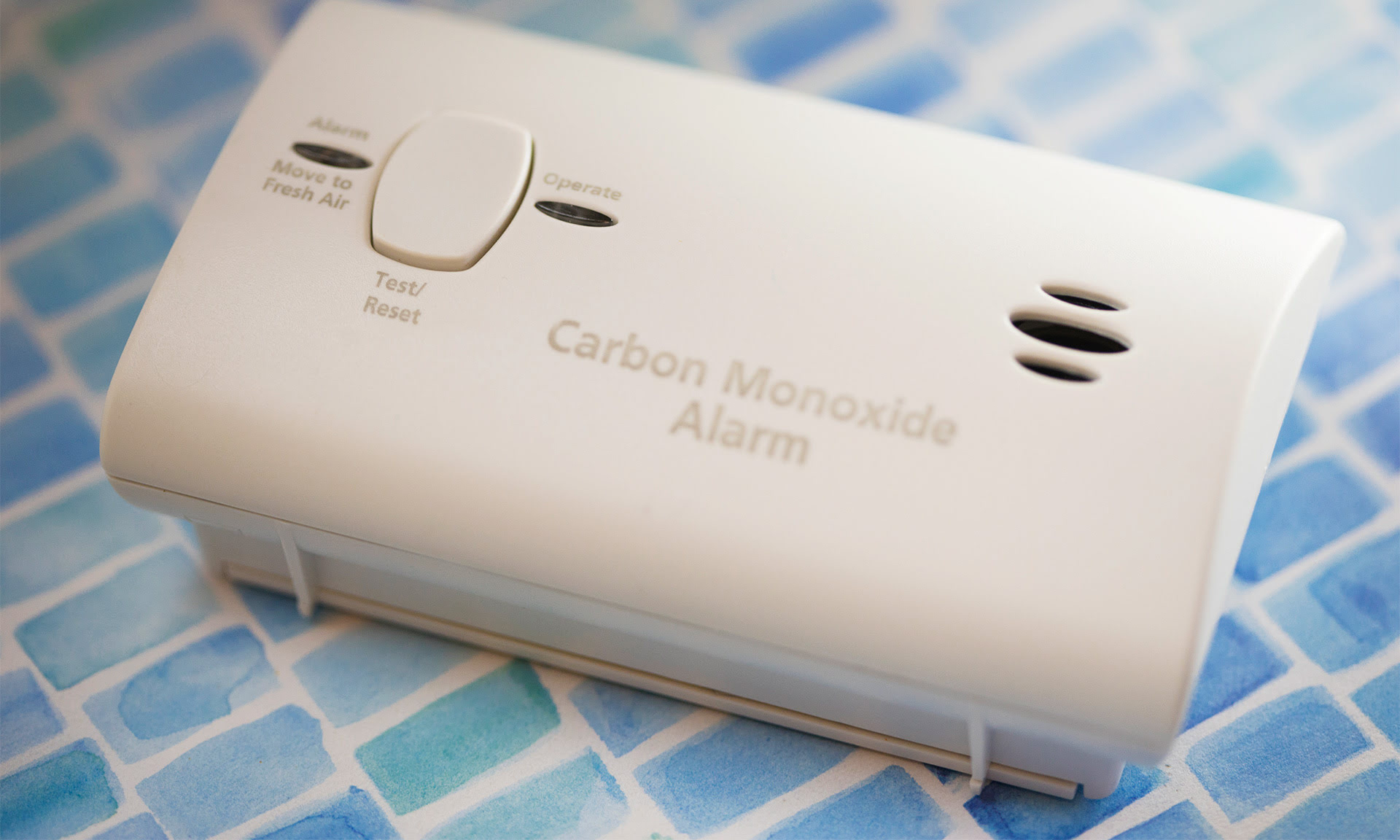
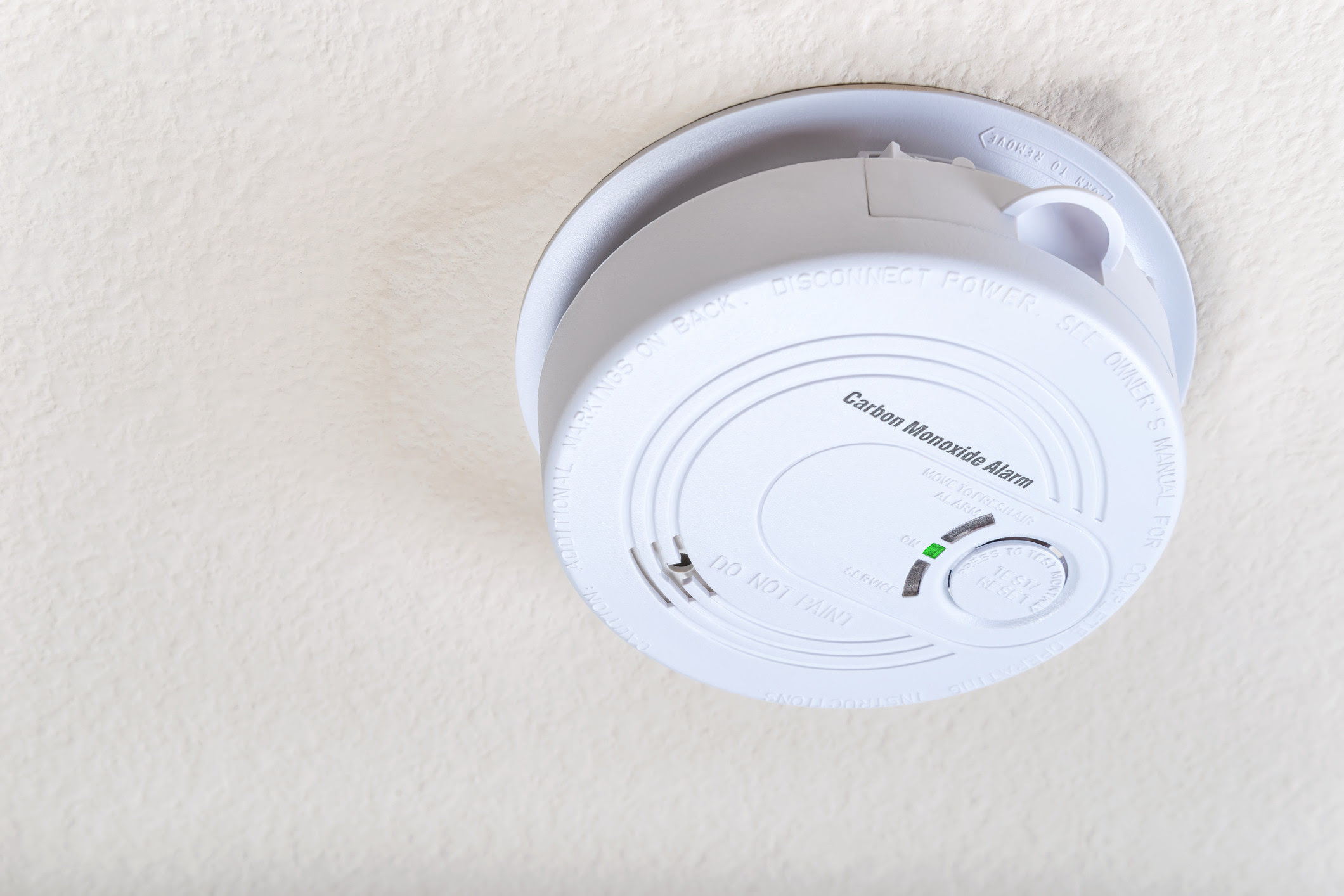
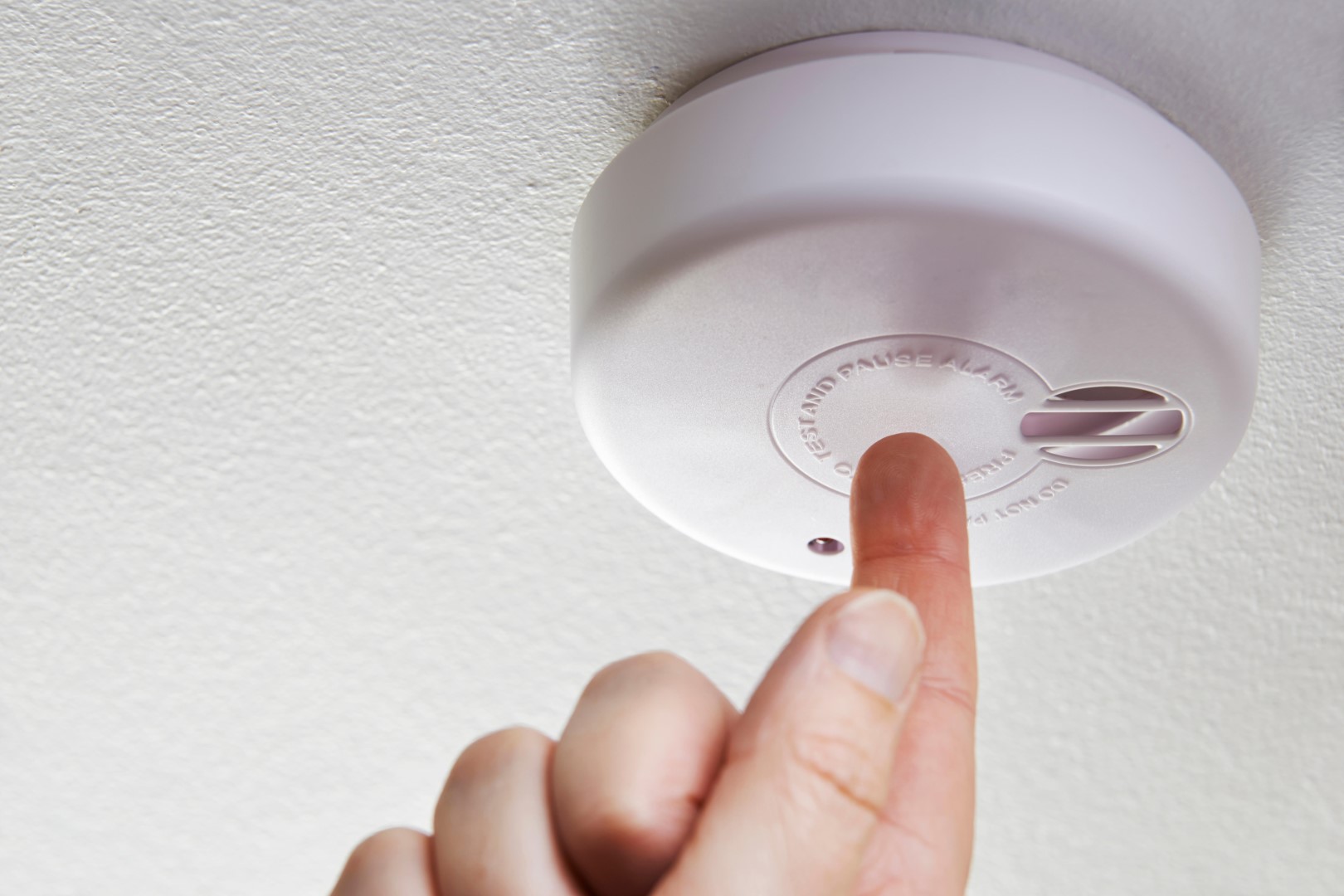

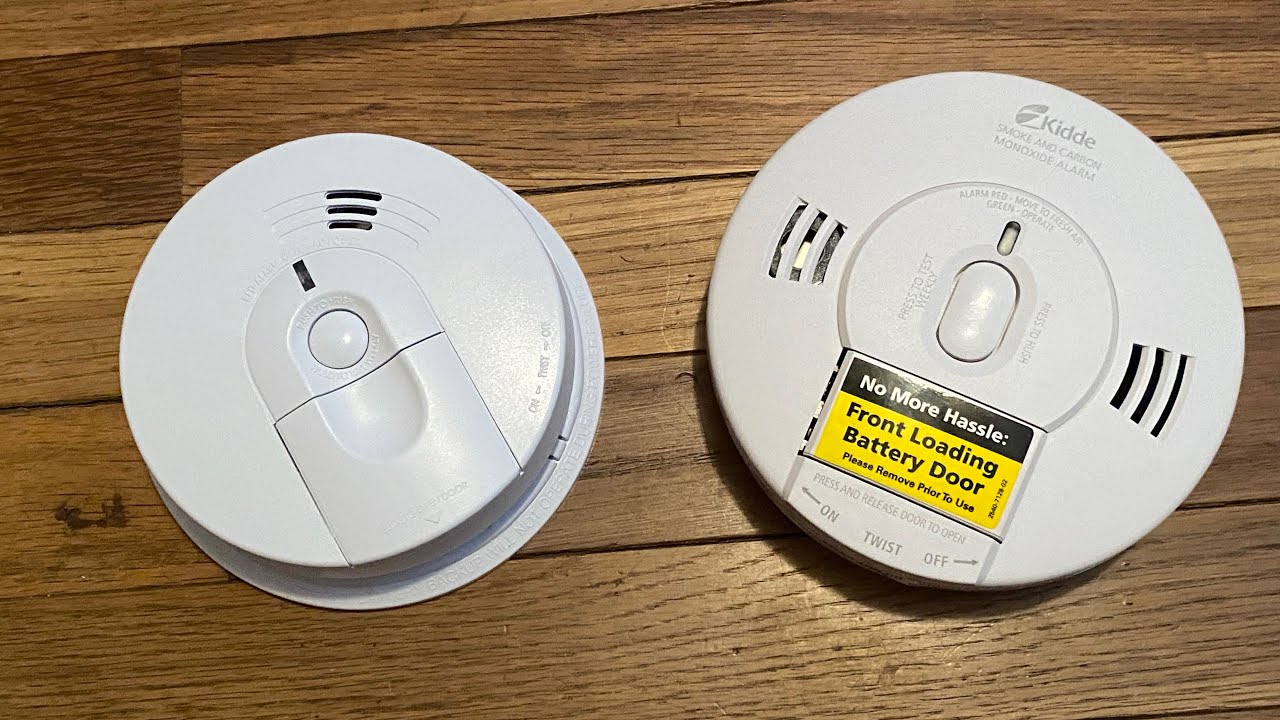
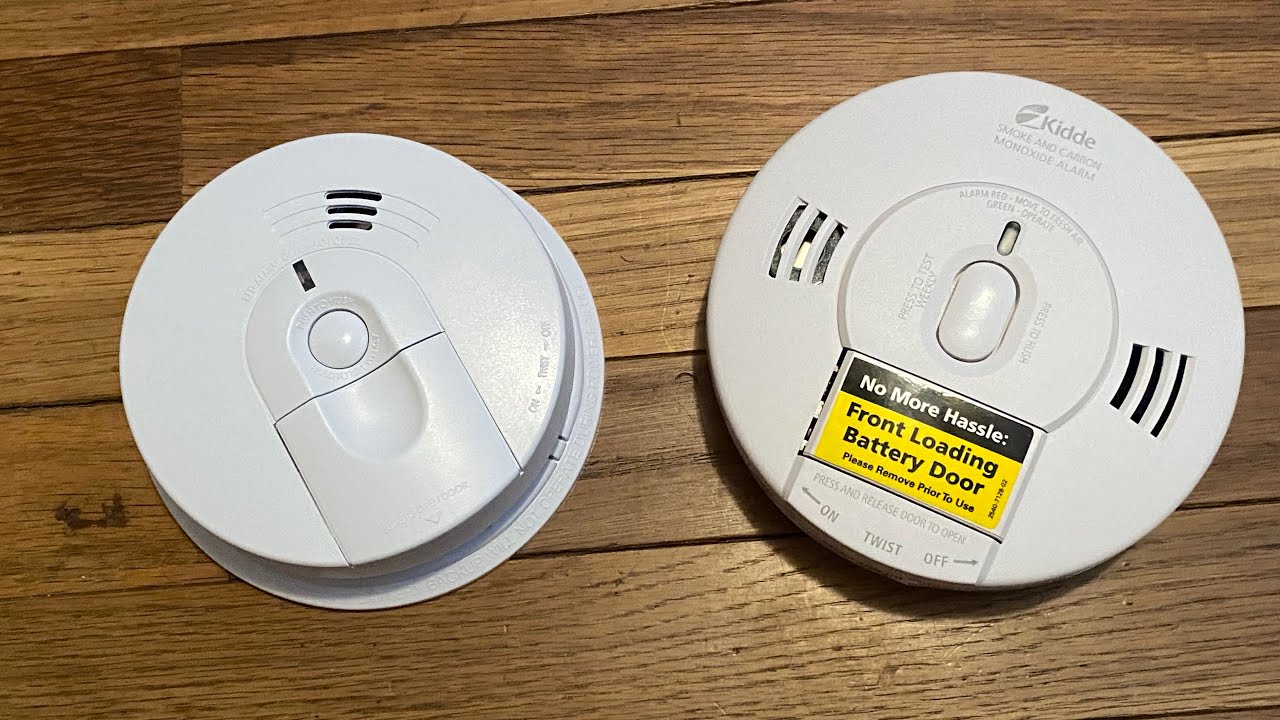
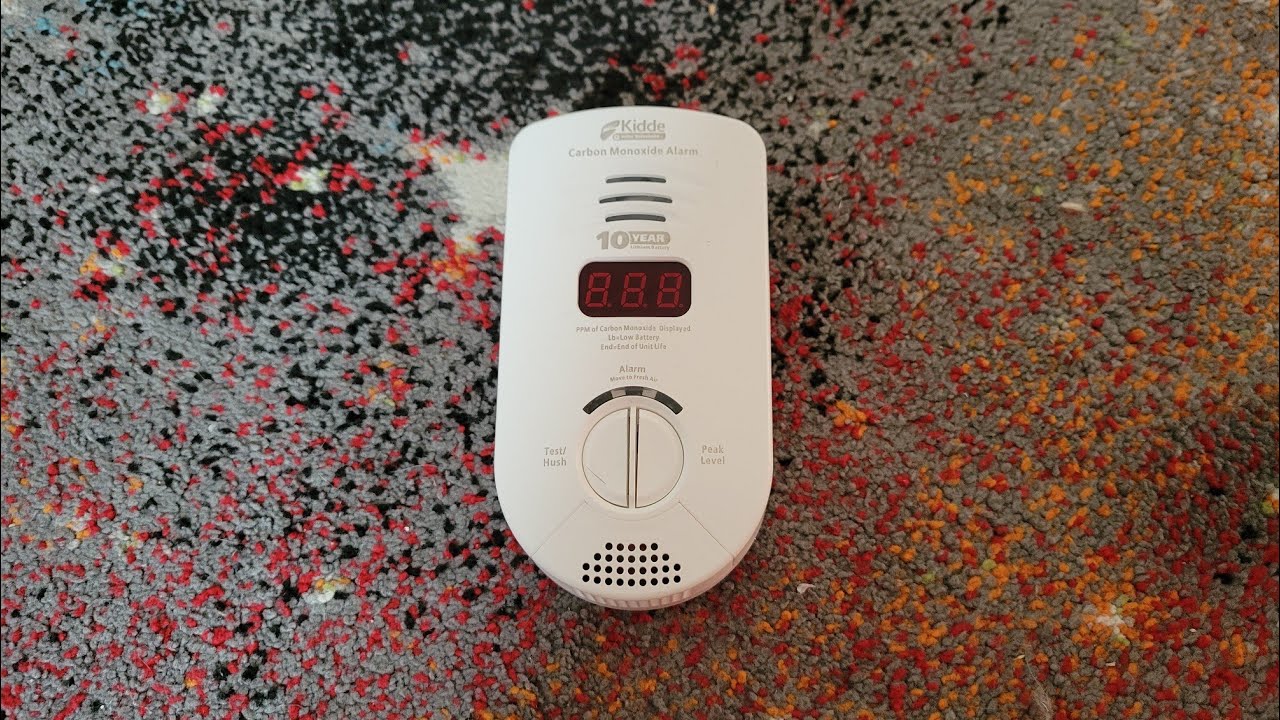
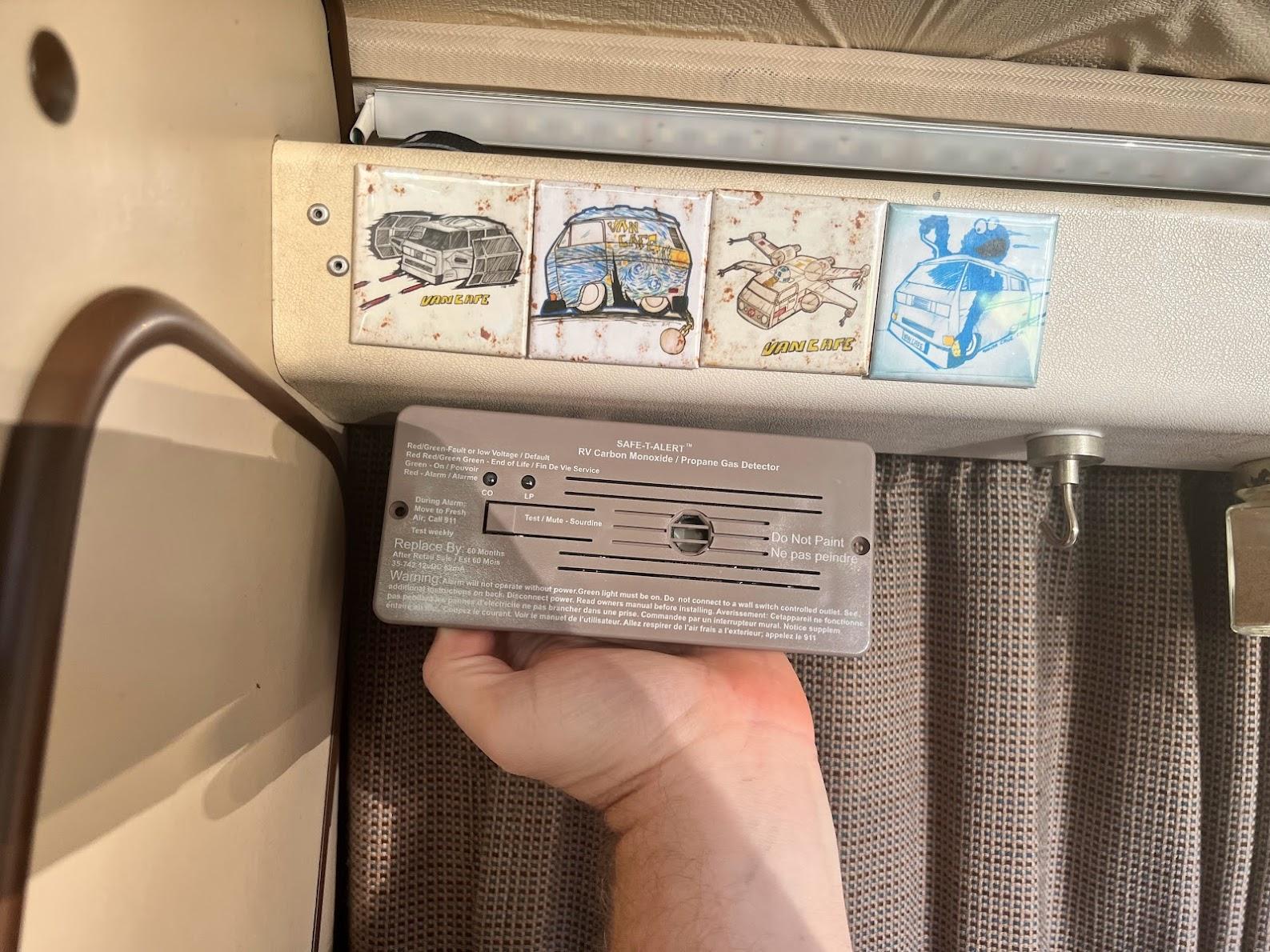
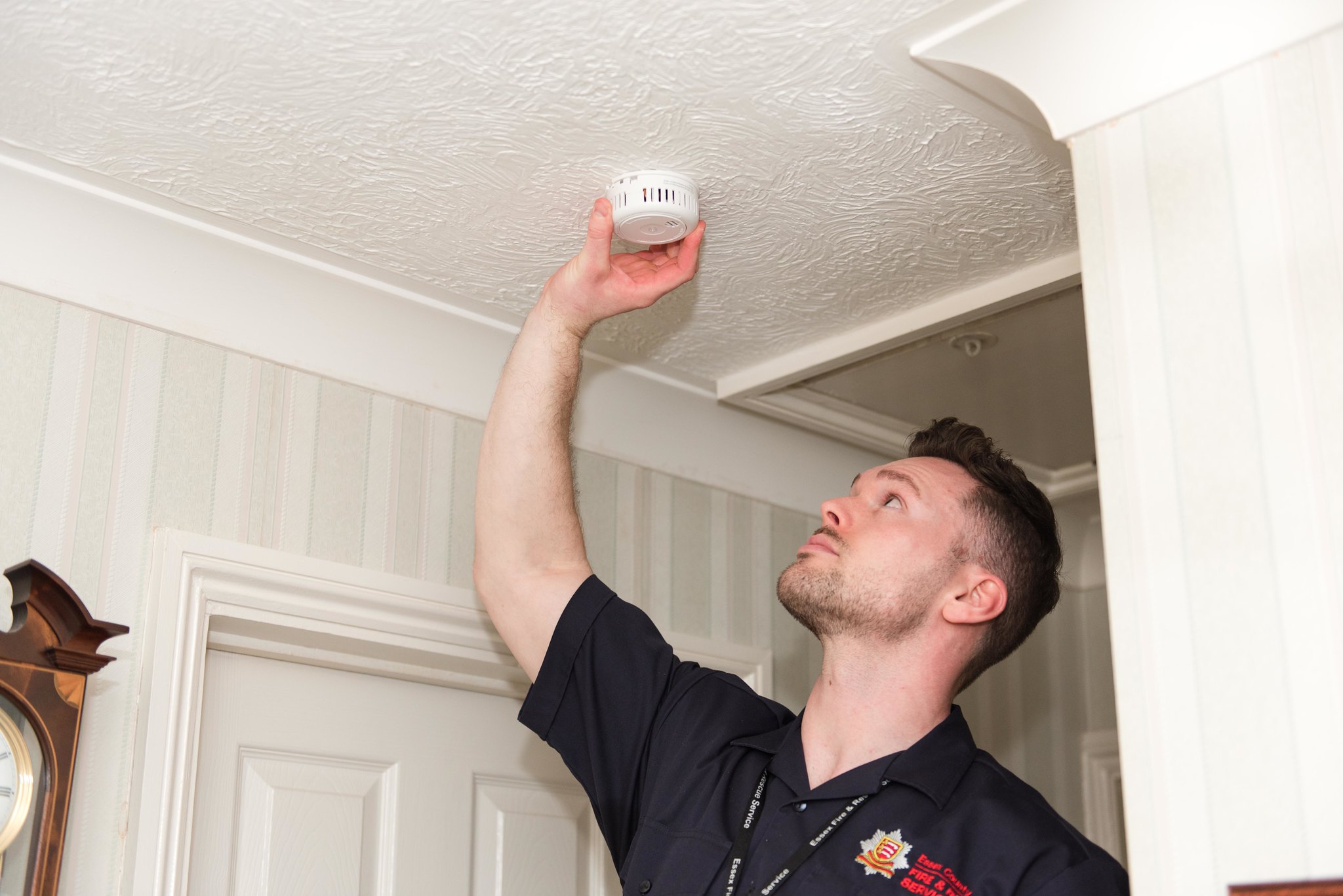
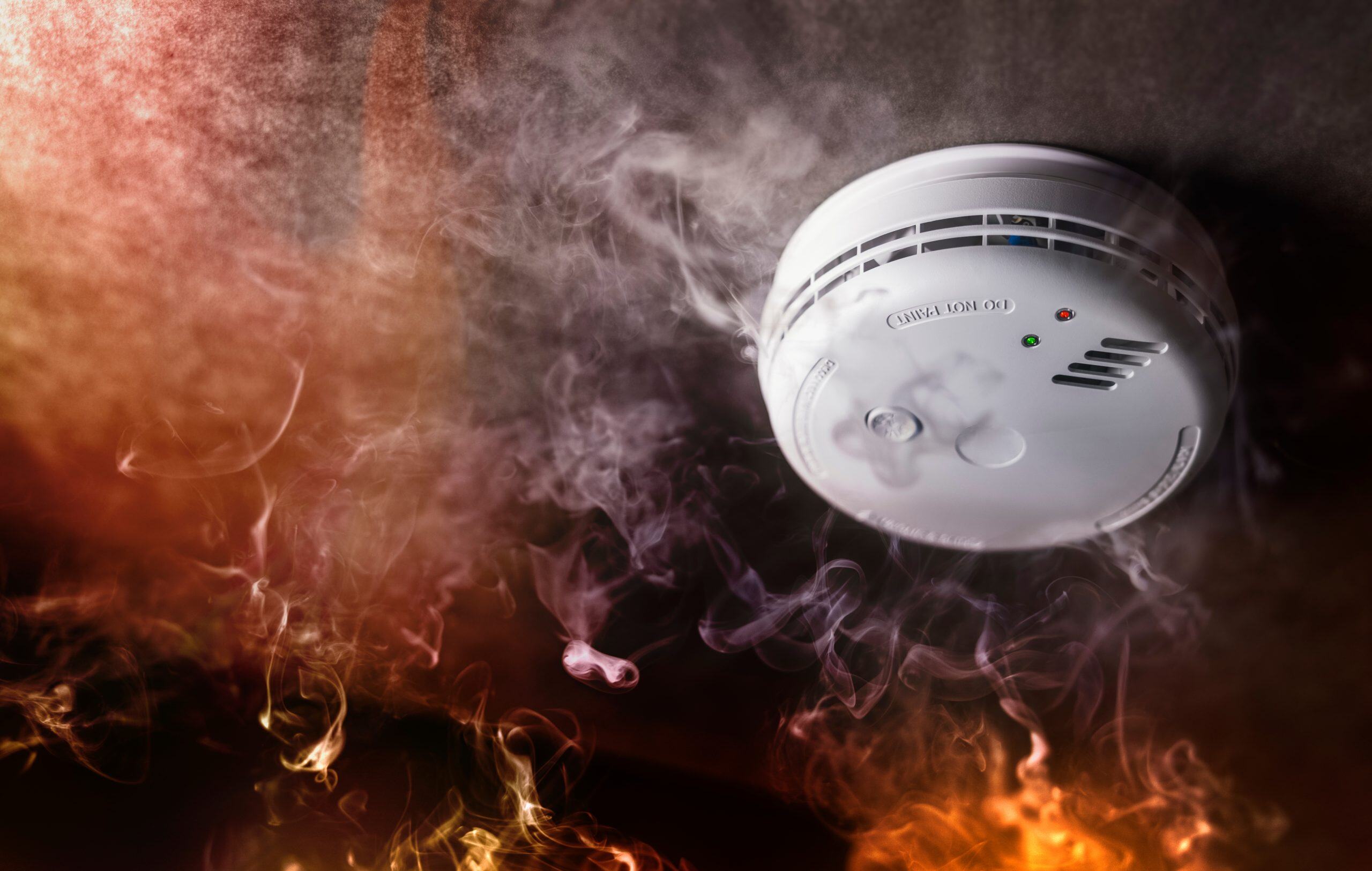
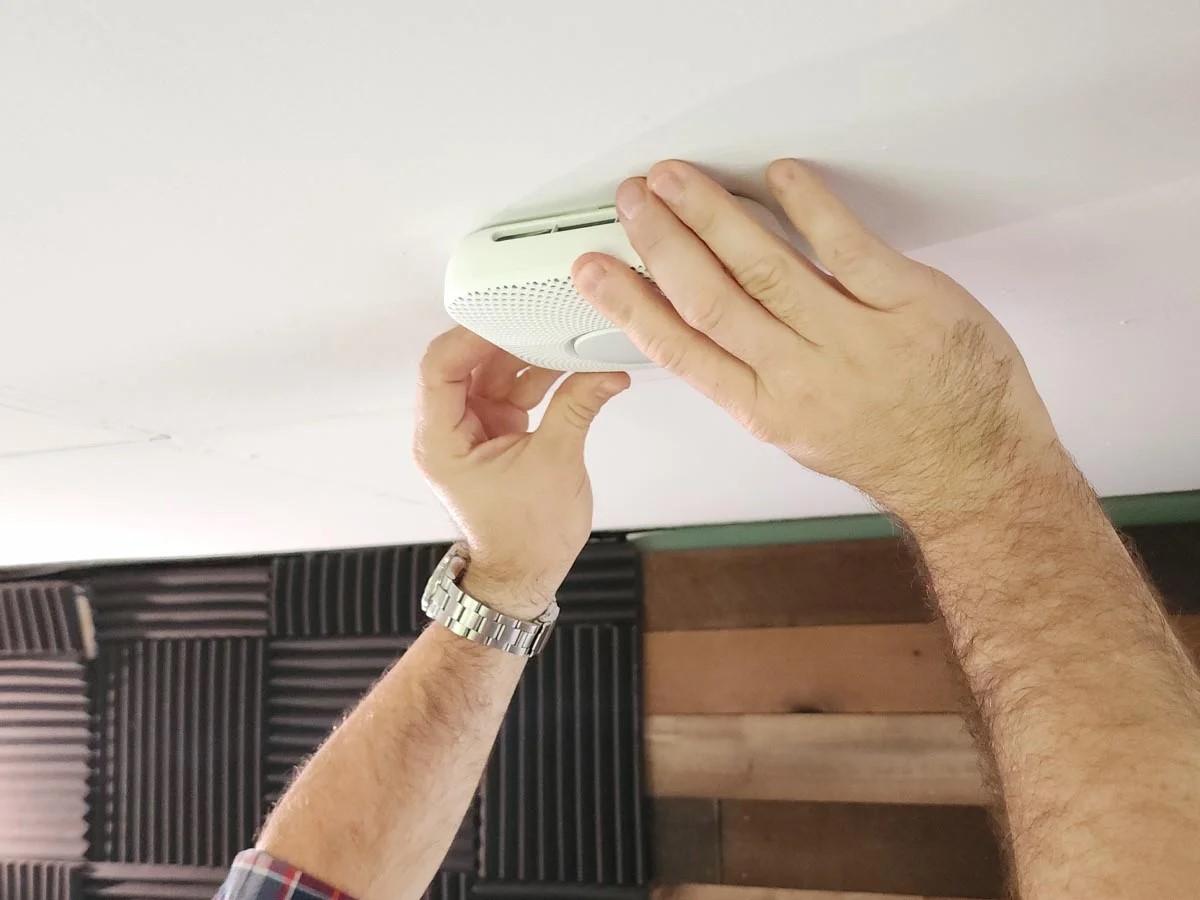

0 thoughts on “How Often To Replace A Carbon Monoxide Detector”